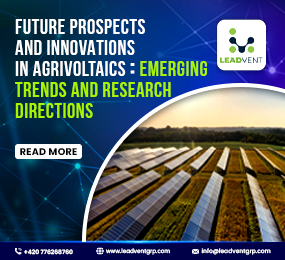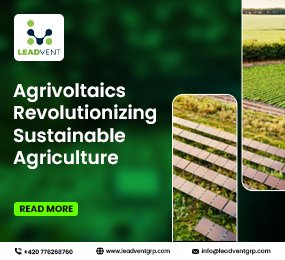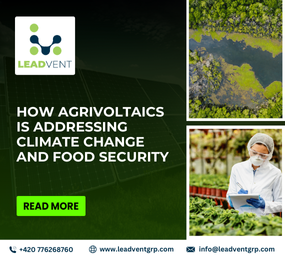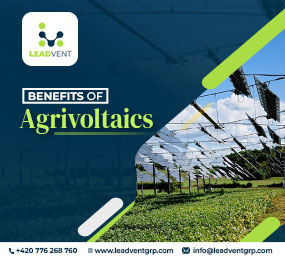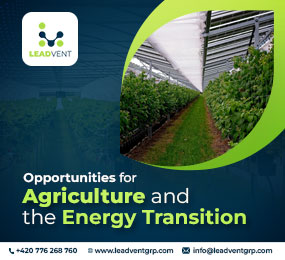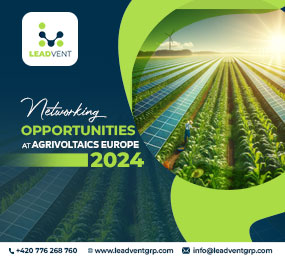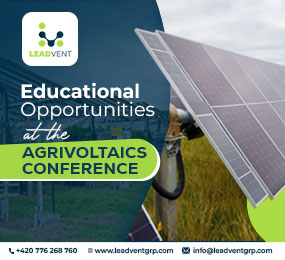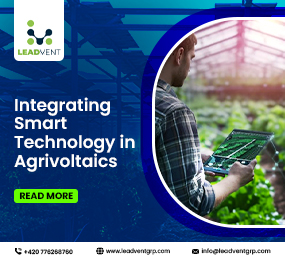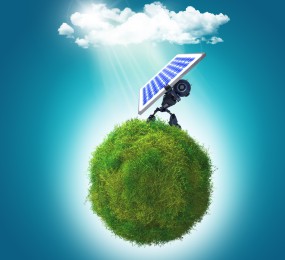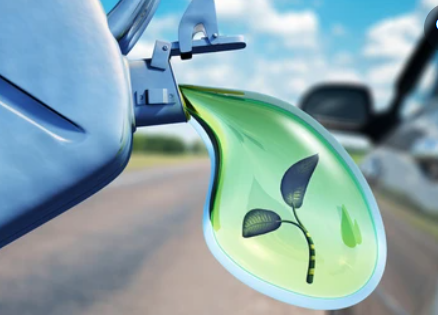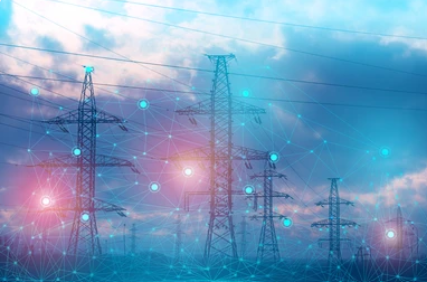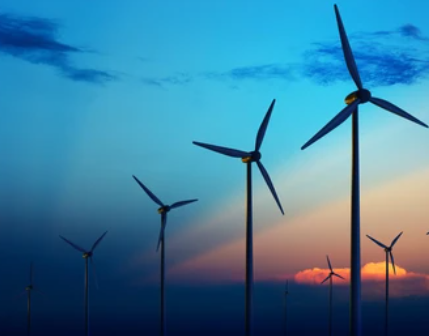Agrivoltaics: Bridging Farming and Solar Energy for a Resilient Future
In many parts of the world, the tension between food production and clean energy development is growing. As demand for solar farms rises to meet climate goals, farmland often finds itself under pressure. But what if agricultural land didn’t have to choose between feeding people and powering homes? That’s where agrivoltaics comes in—a promising solution that combines crop cultivation with solar energy generation on the same land.
Also known as "dual-use farming," agrivoltaics places solar panels above or alongside crops in a way that both can thrive. While it may sound like a compromise, many projects are proving it to be a win-win—helping farmers diversify income, improve crop resilience, and contribute to a cleaner energy future.
Farming Under a New Light
At first glance, placing solar panels above crops might seem like a recipe for reduced yields. But in regions experiencing extreme heat or water scarcity, shading from solar panels can actually help. By reducing direct sunlight and lowering soil evaporation, crops are less stressed and retain moisture longer.
Farmers have reported better outcomes with certain crops like lettuce, spinach, tomatoes, and even grapes when grown under solar arrays. Meanwhile, the panels remain productive, generating clean electricity to power homes, businesses, or even irrigation systems on-site.
This synergy is particularly valuable in drought-prone areas, where agrivoltaics offers a way to conserve water while still farming productively.
Supporting Rural Economies
Beyond environmental benefits, agrivoltaics offers rural communities an opportunity for economic resilience. Farmers can lease portions of their land to solar developers or partner in co-owned systems, generating steady income even in seasons of poor harvest.
In many developing regions, the technology is being explored not just for exportable power, but for local development—providing rural electrification, enhancing food security, and reducing dependency on fossil fuels.
Challenges on the Ground
Despite its promise, agrivoltaics isn’t without challenges. Not all crops are suited to partial shade, and not all land can accommodate the infrastructure. Designing the right system—one that balances panel height, tilt, and crop type—requires site-specific planning and collaboration between farmers, engineers, and researchers.
Moreover, the upfront costs can be high, and regulations may not always support dual land use. But with supportive policy, smart financing, and growing awareness, the barriers are starting to come down.
The Future of Co-Existence
As climate pressures intensify and land use becomes more contested, agrivoltaics offers a compelling path forward. It’s not about choosing between solar panels or soil—it’s about building a future where both coexist, supporting one another for greater resilience.
Key Takeaway:
Agrivoltaics transforms the relationship between agriculture and energy, proving that with the right design, we don’t have to choose between feeding the world and powering it.
Learn more on our website: https://www.leadventgrp.com/events/4th-annual-agrivoltaics-europe/details
For more information and group participation, contact us: [email protected] .
Leadvent Group - Industry Leading Events for Business Leaders!
www.leadventgrp.com | [email protected]


